Nissan's operating conditions further deteriorated, marking the first quarterly loss in four years
 JamesAug 01, 2025, 10:18 AM
JamesAug 01, 2025, 10:18 AM
html
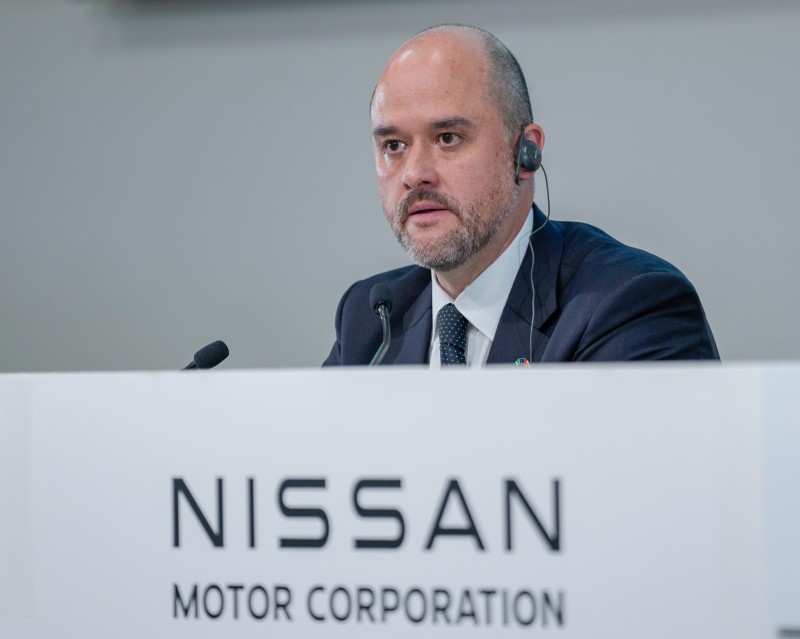
[PCauto] Nissan recently announced the financial results for the first quarter of fiscal year 2025 (April to June), revealing the company’s first quarterly operating loss since 2021. This loss highlights significant challenges facing Nissan’s core business and raises concerns in the market about the company’s future profitability.
According to Nissan's global official announcement, the operating loss for this quarter amounted to 7.91 billion yen (approximately 1.72 billion baht or 224 million ringgit), which is lower than the previously forecasted 20 billion yen loss but still marks the first negative growth in four years. Nissan CEO Ivan Espinosa stated in a statement that this result underscores the urgency of the company's transformation plan, emphasizing that profitability will be restored through cost-cutting and strategic adjustments.

Nissan's Global Business Weakness
In this quarter, Nissan's global sales totaled 707,000 units, a year-on-year decline of 10.1%, leading to a revenue drop to 2.7 trillion yen (approximately 587 billion baht or 76.5 billion ringgit). Operating loss was 7.91 billion yen, while the net loss further expanded to 11.58 billion yen (approximately 2.52 billion baht or 330 million ringgit).
Nikkei Asia reported that Nissan's performance in the North American and European markets was particularly weak, with declining sales dragging down overall results. Operating loss is different from net loss; it reflects losses from main operations such as car sales and production, whereas net loss includes all non-operating factors. This indicates that Nissan's daily operations have also fallen into difficulty.
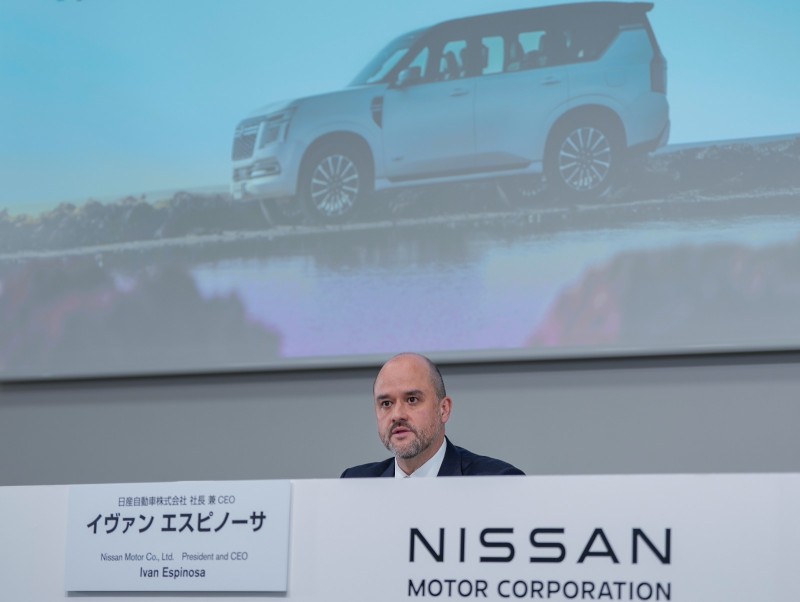
The main reasons for Nissan's losses are the global sales decline and rising raw material costs
The increased investment in electric vehicle transformation is a significant factor, especially the CMF-EV platform jointly developed by Nissan and Renault, which has pushed up operating costs due to related R&D expenses.
At the same time, intensified competition in the Chinese market has put pressure on Nissan. Local brands such as BYD have squeezed market share with price advantages, resulting in a 27% year-on-year plunge in Nissan's sales in China. Exchange rate fluctuations of the Japanese yen have also affected overseas earnings, while increased U.S. import tariffs and overcapacity further exacerbated difficulties in fixed cost allocation.
These factors combined have made cost control a significant challenge for Nissan while sales are declining. Analysts pointed out that the profit decline from traditional fuel vehicles has exceeded expectations. S&P Global Mobility believes that the industry’s transformation has accelerated Nissan’s predicament.
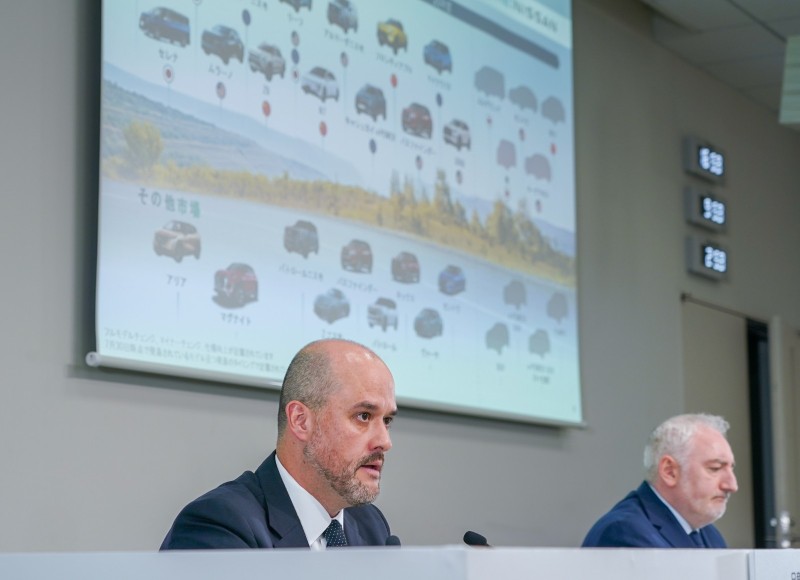
Since 2025, Nissan's stock price has dropped by 12%
If Nissan fails to reverse this downward trend, it may fall further behind competitors like Toyota and Honda, threatening its position in the global automotive industry. It is reported that Nissan has lowered its full-year earnings forecast for the 2025 fiscal year to 150 billion yen (approximately 32.6 billion Thai Baht or 4.25 billion Malaysian Ringgit), down from the original forecast of 180 billion yen, indicating that the company will continue to face pressure in the coming quarters.
Perhaps Nissan needs a more aggressive electrification strategy to address the crisis. Continued operating losses could lead to tight cash flow, further impacting R&D investment and debt repayment capacity, pushing Nissan into a vicious cycle.
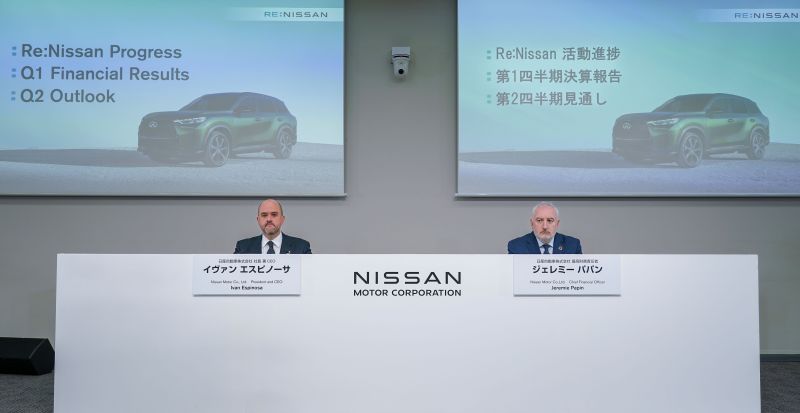
Nissan announces reduction of part of its marketing budget in Southeast Asia
In response to the challenges, Nissan is accelerating the implementation of its transformation plan. The company has announced it will cut marketing budgets in certain markets, including Southeast Asia, to control operating expenses.
At the same time, Nissan plans to increase the production capacity of electric vehicle models, such as accelerating the production of models like the Ariya, aiming to drive sales growth through new products. Under the framework of the Re:Nissan recovery plan, Nissan has taken initial actions, including cost reduction and global plant consolidation.
This quarter, fixed cost reductions have saved over 3 billion yen (approximately 660 million Thai baht or 85 million Malaysian ringgit), and there are plans to downsize or merge five production facilities globally.
Espinosa emphasized that these measures are critical steps towards restoring profitability, with the goal of achieving positive cash flow by fiscal year 2026.
However, the outlook remains uncertain, with the company forecasting a second-quarter operating loss of up to 10 billion yen (approximately 2.18 billion Thai baht or 283 million Malaysian ringgit), underscoring the challenges of transformation.

Nissan's first quarterly operating loss is a warning of the deterioration of its core business
Against the backdrop of the global automotive industry's accelerated transition to electric vehicles, Nissan's more aggressive electrification transformation may become the key to turning the tide. As competition intensifies and consumer preferences shift, Nissan's path to recovery will test its adaptability and execution capabilities.
If any infringement occurs, please contact us for deletion
Trending News

Proton X70 interior design fully revealed: Suitable for both home and business use
【PCauto】Proton X70, with its outstanding design, rich features, and affordable price, has quickly become a popular choice in the mid-size SUV market. As a C-segment SUV, the Proton X70 not only showcases modern and sporty aesthetics in its exterior, but its Proton X70 interior is also centered on "modern technology and comfortable experience," offering a high-quality driving environment.Whether for family users or business professionals, the Proton X70 can meet diverse needs. Next, we will compr

Proton Saga Interior Review: Affordable Yet Stylish for Everyday Use
【PCauto】The Proton Saga has been a household name in Malaysia since 1985. Known for its affordable pricing and reliable performance, it remains a top choice for budget-conscious drivers. As an A-segment sedan, the Proton Saga delivers strong value across key areas like comfort, safety, and everyday practicality. Whether you're commuting to work or heading out with the family, the Proton Saga interior offers just enough space and features to keep things simple and efficient.
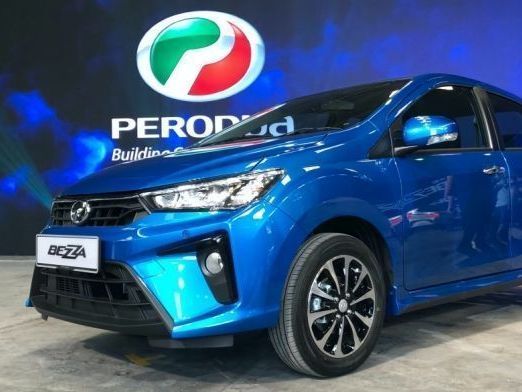
All-New Perodua Bezza Coming 2025: Built on Advanced DNGA Platform
html 【PCauto】Perodua has officially confirmed this year that it will launch a "fully redesigned model" (Full Model Change, FMC) within the year. FMC represents a comprehensive redesign of an existing model. Based on product life cycle analysis, among models like Axia, Bezza, Myvi, Alza, Ativa, and Aruz, excluding the relatively newer Axia, Alza, and Ativa as well as the seemingly shelved Aruz, Bezza and Myvi become the main candidates for a facelift.The Myvi underwent an update in 2023, while th

Tesla Ordered to Refund $10,600 per Owner over HW3's Incompatibility with FSD Upgrade
【PCauto】 The California court has ruled against Tesla in a recent class-action lawsuit, ordering the company to pay $10,600 to some early owners who bought the Full Self-Driving (FSD) package. Tesla will also need to cover legal costs. The case was brought by owners who say the company never delivered the FSD features it had promised.

2025 Proton X50 Facelift: Major Upgrades & Possible 4-Cylinder Engine!
html [PCauto] The 2025 Proton X50 facelift is expected to hit the market in the third quarter. As Proton's core product in the B-segment SUV market, the new model will face challenges from competitors like the Honda HR-V. According to information, this facelift will feature comprehensive upgrades, particularly in design and powertrain, aligning closely with Geely China's Binyue L.To be modified based on the appearance of the Binyue LThe new front fascia will depart from the current mesh grille d
Popular Cars
Car Compare

